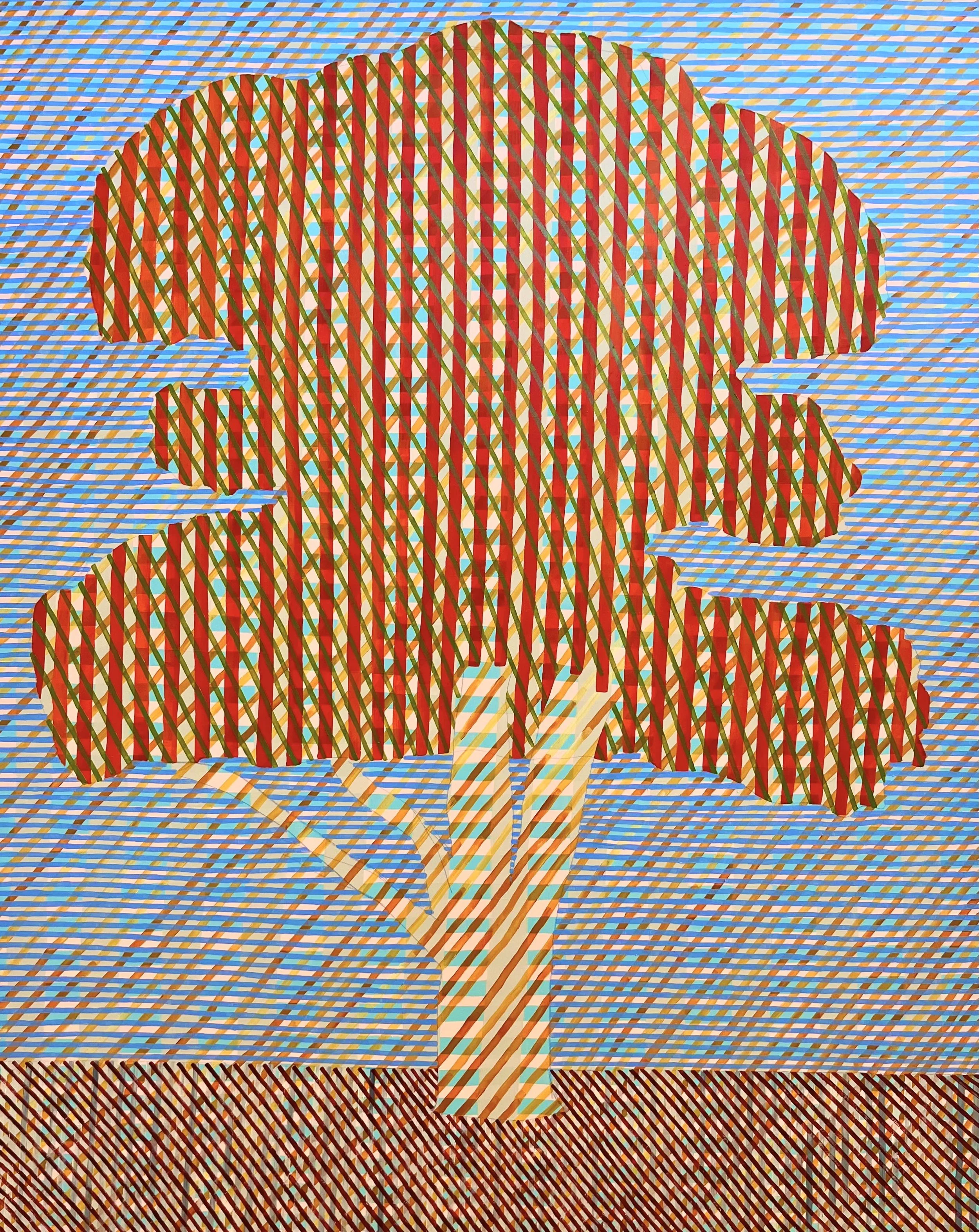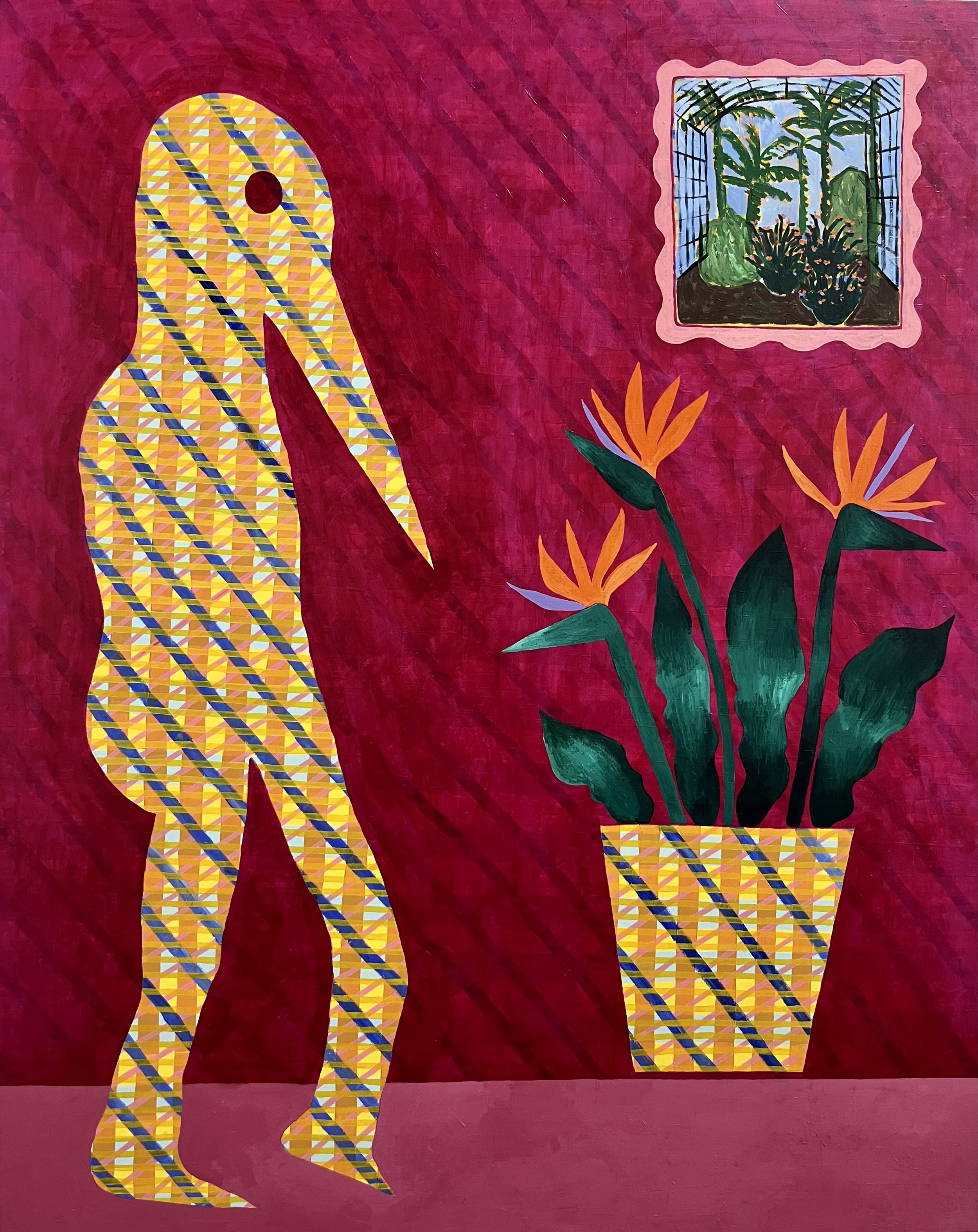Lilac Hour
Gallery Sally Dan-Cuthbert at Melbourne Art Fair
FEB 20 - 23, 2025
ARTIST STATEMENT
Lilac Hour
Fernando do Campo is interested in the species that he encounters wherever he is, and the histories they carry. Do Campo’s art practice oscillates between thinking with archives and thinking in the field, searching for ways of narrating non-human histories critically as a human. Lilac Hour is a body of work developed by do Campo across NSW, Queensland and Tasmania, specifically for MAF 2025 and focused on the histories and presence of introduced flowering trees across temperate and subtropical Australia.
Trees have the capacity to thrive and become at home in locations where they may not naturally occur, arriving by wind, animal carrier, or human hand. As humans, we are aware of many introduced species around us, but the age and wisdom of trees and the fact we often can’t place their origins because we’ve encountered them across multiple locations before, means we construct a relationship with them in a slightly different way to introduced animals. At the same time, encountering a specific tree species can teleport us to another time and place.
The series of paintings that make up Lilac Hour were developed while do Campo was being teleported across the global south by trees, as he was setting up a new studio in Brisbane and encountering new species which were often introduced from his first home of Latin America. Do Campo is fascinated by the complexity of such an encounter – the possibility that acknowledging a tree as a critical companion species in the trajectory of one’s day, learning about this companion, has the capacity to reveal colonial and environmental contradictions, personal and poetic pasts, hopeful multispecies futures. Do Campo enjoys sharing that he makes paintings that document painting itself. There is a material process and a compositional process evident in his works, viewers think through making, while also asking questions about their own species history.
Statement from the artist: “I’ve recently been working across two studios, one in Meanjin/Brisbane and the other in Gadigal/Sydney. There is a particular temporality between these two locations in the summer (the one-hour difference heightens my awareness of it). It’s about the fact that Jacarandas flower a week or two earlier up north, that evening skies are bluer down south, that the fruit bats return to the urban spaces earlier above the state-border. Because I was commuting every week over the summer, my body became acutely aware of shifts in flowering time, foliage colour, the rhythm of trees, daily companion species, and this in turn, made me aware of many other flowering trees and rhythmic cycles of the Australian seasons. Across a whole year of developing this work I learnt about Meanjin/Brisbane seasons, not through climate, but through the shifting palette of Latin American foliage that consumed the city each month. This body of work is about learning a new place through colour and looking slowly, it’s about sensing and documenting that slowly revealing temporality between the temperate and the subtropical fringe; my Lilac Hour”












